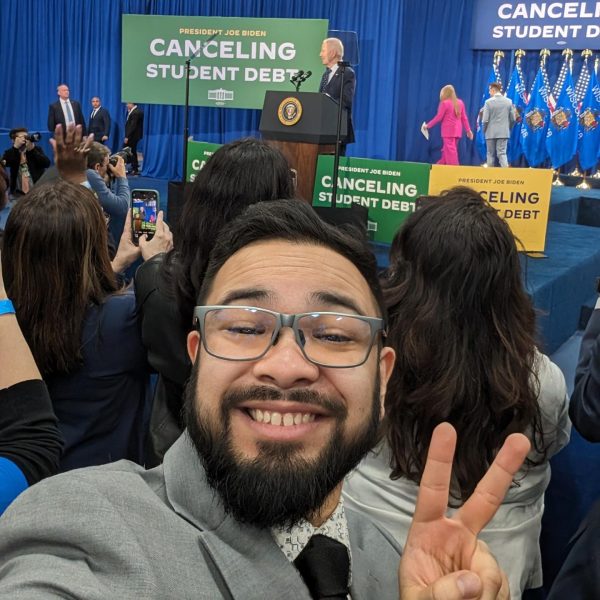Some diversity efforts have unintended impact
April 20, 2022
How many times have you heard the following words: “diversity,” “equal representation” and “equity?” No doubt you have heard one of those words at least once in the past two months, if not more. We live in a progressive society, one which is trying to attain racial equality. This effort to diversify includes equal representation, which basically means having more people of color in movies, advertisements, certain professions, company leadership boards, schools, etc. These efforts, while fair and just, lead to an unintended (and quite prejudiced) outcome: exclusion.
Let me give a pertinent example. Harvard University was recently sued for discriminatory practices against Asians. Even though Asians had among the highest test scores and grades, Harvard deliberately lowered their personality scores to reduce the number of Asians admitted into the school. This was done as part of affirmative action to increase the number of Black and Hispanic students in their school. Now, one may argue that affirmative action in the name of diversity is justifiable, and they would be correct. But if the only way an educational institution can increase the percentage of minority students is by reducing the number of students from other ethnic groups that are admitted or excluding them entirely, what does that say about that school? Surely there are other ways to increase a school’s diversity count that do not include biased, unfair methods.
Such practices are harmful for a couple of reasons. Firstly, they lead to discrimination against certain ethnicities. An individual may meet the college admission requirements but be denied entrance because they are white or Asian and will not help make the college more racially diverse. This tribalistic behavior is hurtful and wrong. It divides our society between minorities and majorities, creating a major obstacle to racial progress. I say this as a Black person.
Furthermore, these practices result in tokenism. After reducing the number of majority race students in their organization, schools and other public institutions start using minorities to prove how diverse they are. Black, Hispanic, Native American and Pacific Islander people are then not seen as individuals with capacity for innovation, education and achievement, but as part of a collective racial group, numbers and faces that can help increase the diversity count of that establishment.
Whatever happened to “judge [a person] by the content of their character, not the color of their skin”? By engaging in tokenism, society moves away from racial harmony, not toward it. A person of color should not have to ask themselves if they are being admitted into an educational institution or given a certain job simply because they are not white and can be used to prove how diverse the company is. That hurts minorities, which is ironic given that these efforts are meant to do the opposite.
Is it good to push for more minorities in popular media? Absolutely. But we must examine the methodology and the possible results. If increasing diversity involves ostracism and tokensim, it will only do more harm than good. No one benefits from discrimination, no matter the intended end result. The end does not justify the means.
Now you may be wondering, “how can an institution attain racial diversity without engaging in prejudiced practices?” The answer is simple: we must ensure diversity campaigns are aimed at helping minorities, not using them. If an institution wants to have more Black and Hispanic people in their organization, they must ask themselves, “are we doing this for equal opportunity and representation, or do we simply want to look virtuous because we have a certain number of minorities on our board?” If answered honestly, the answer to that question will reveal whether that institution will engage in prejudiced practices.
For example, say you are a classical musician. You notice how whitewashed the orchestras are, and you want that to change. Ask yourself: am I doing this because of a lack of opportunity for minorities to play orchestral music, or am I doing this just so my orchestra can look more diverse? If the latter is true, you are diversifying with the wrong motive and will find yourself engaging in debarment and tokenism to meet your diversity goals.
Many efforts are being made to diversify public spaces. While these efforts are justifiable, we must make sure we are doing so with the right purpose in mind, lest an unintended consequence rob ethnic minorities of the very opportunities we are trying to give people of color. Exclusion and tokenism out, equal opportunity in.
If we truly want to help people of color, we will use them as diversity tools by which a public organization can virtue-signal. True representation does not just mean more Black and Hispanic people in public spaces, but also means helping them succeed.










